
Oil Portray Papers offer you an obtainable, cost-effective area that has some of the familiarity of canvas but without having its bodyweight and bulk. Even superior – these papers come all set primed, so you really don’t require to devote time prepping them before portray. They are excellent for brief reports as properly as completed paintings. In this article we choose a glimpse at our oil painting paper variety, see how they vary from other art papers and explore how to prep other papers so they are all set for oil portray.
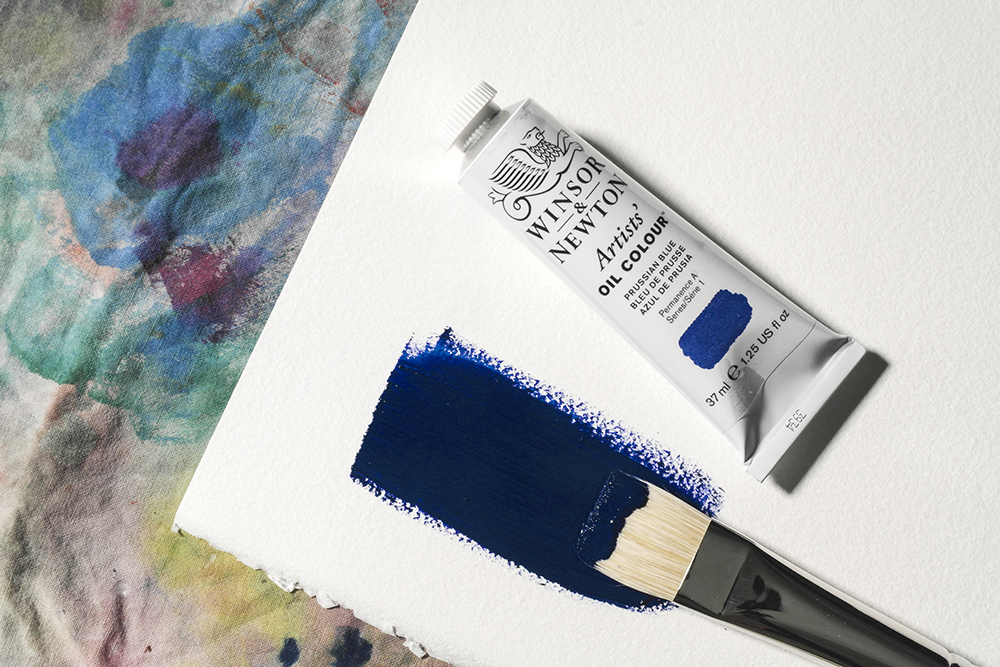
When you assume of oil paint and paper your first response will most likely be that the two do not blend. It may well surprise new oil painters in specific to hear that oil painting on paper is absolutely feasible. Even though it is true that most paper will absorb oil and steadily degrade more than time, oil papers are specifically addressed to significantly decrease this going on. In fact, Winsor & Newton dispel any myths that paper is not suited for oils:
So supplying your paper is effectively addressed, there is unquestionably no rationale why you should not use oil paint on it. Its only weak spot will appear from its deficiency of rigidity. Historically, canvas and panel have been substantially extra well-known than paper – but today’s oil painting papers supply artists with a reputable, long lasting area that necessitates minor to no planning. It’s also comparably additional straightforward to retail outlet, transportation and ship. There are even choices for artists looking to prep other sorts of paper they previously very own to make them acceptable for use with oil paints. Obtain out extra about our oil painting papers and prepping other papers for oil painting by working with the backlinks beneath or proceed studying for a comprehensive overview.
What is Oil Portray Paper
Oil painting papers are specially addressed to bring out the most effective overall performance of your oil paints. Oil paint is in essence designed up from two critical factors – the pigment and the oil binder. The oil binder is the aspect that poses the problem for paintings designed on paper. In an untreated paper, the oil written content of the paint would rapidly take in into the paper fibres. Not only will this make your paper rot over time, it will also induce your paints to turn into uninteresting and flat. As the paint loses its binder it will also begin creating adhesion problems. In the worst circumstance circumstance you will locate that your oil paint begins crumbling absent. The excellent information is that any oil painting paper incorporates sizing to prevent this occurring.
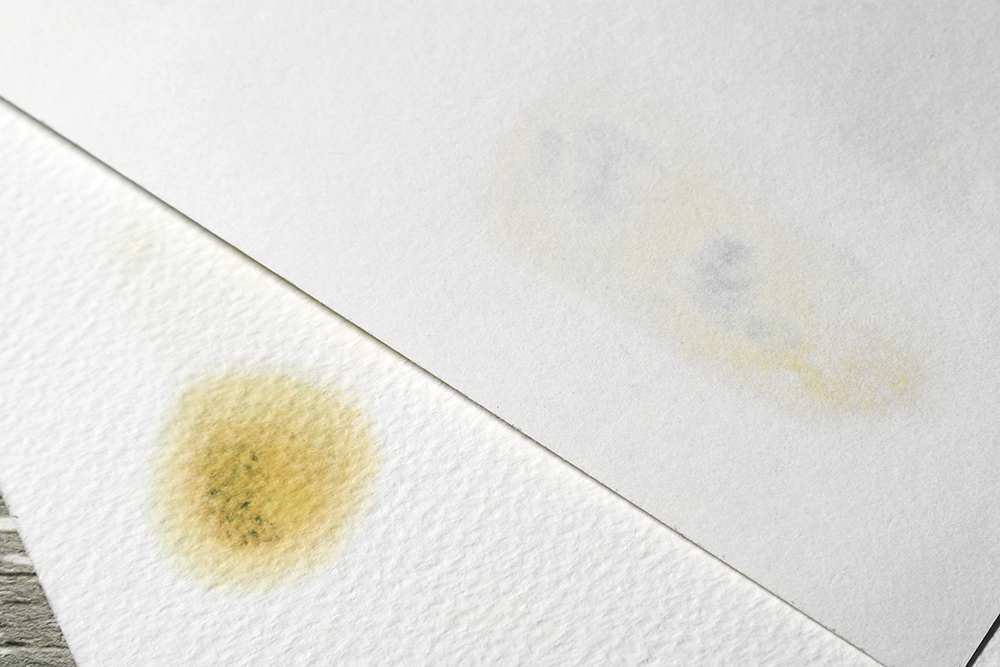
Sizing to manage absorption
Sizing is fundamentally a sealant that functions as a barrier concerning the paper and whatever paints and mediums you implement to it. It considerably reduces the amount of oil that absorbs into the paper, so you needn’t get worried about the very long-time period longevity or integrity of your paints. When no paper is 100% resistant to oil absorption, oil papers decrease it to a point where you needn’t feel as well significantly it affecting your painting. This sizing makes certain your paint will sit radiantly on the paper’s floor, retaining its brightness and gloss.
Which oil paints should really you use on oil painting paper?
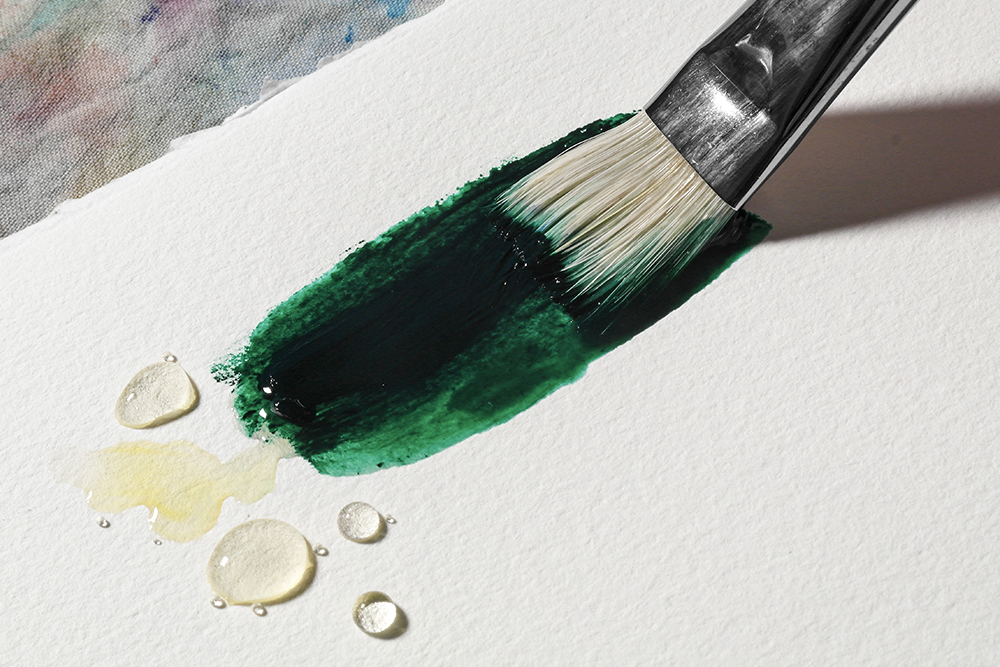
Oil Portray Papers are acceptable for use with any oil paints – whether you want working with conventional oils, fast-drying alkyds, water-mixable oils or oil sticks. If you thin your h2o-mixable oil paints with h2o by itself you may possibly see that the paint beads up a little, especially with incredibly dilute apps. Operating with quick-drying alkyd oil paints will further cut down the seepage of oil into your paper.
Texture and Composition
All oil papers have some diploma of tooth and texture to them. The vast majority are pressed with a linen-like sample that mimics the tooth and drag you’d encounter on genuine canvas. Two notable exceptions are Arches Huile and Fabriano Pittura. Both these papers have an irregular texture to them, that is much more akin to a NOT watercolour paper. Colour intelligent, oil painting papers range from nearly white to a creamy off-white.
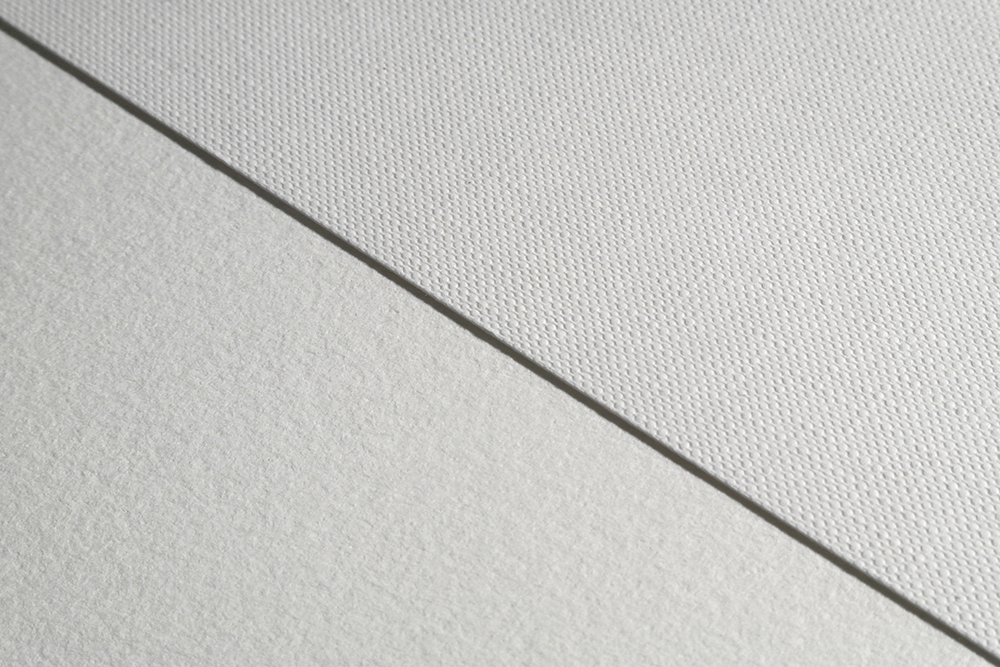
Most of our oil painting papers are produced from acid-free wood pulp. This pulp is absolutely free from lignin to make sure that it is archival. The only exception is Arches Huile, which is manufactured from 100% cotton. Cotton is the purest kind of cellulose available for paper building, and imparts remarkable energy and resilience on this surface area.
Why Really should I use Oil Portray Paper alternatively of Canvas?
Paper features quite a few rewards about regular stretched canvases, canvas boards and portray panels. For newbies, the cost of paper is a ton a lot more available. It’s excellent for testing out new mediums and you will have less inhibitions or worries about ‘wasting’ expensive art materials. This would make it significantly much easier to apply and master the ropes of a new medium. If you discover you really appreciate it there will constantly be the possibility of canvas and panels ought to you have to have them.
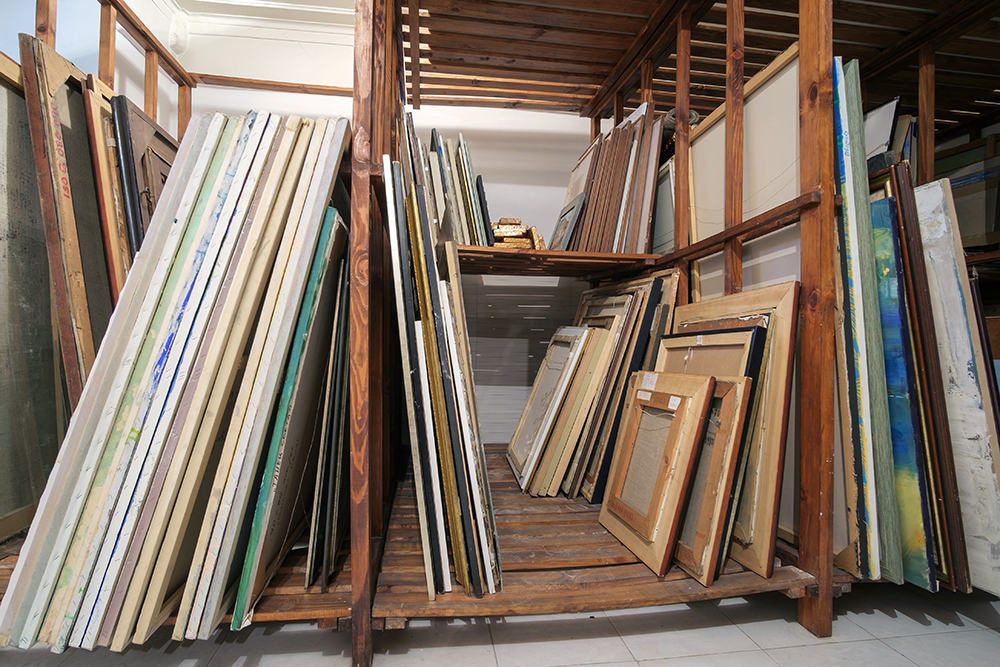
It also can make a excellent floor for artists who like the plan of portray on paper, but who are hesitant to invest the time and funds on priming other papers. These papers can be painted on as before long as they are in your arms – so you’re all set to build as quickly as inspiration strikes!
Oil paper is also substantially simpler to retailer, transport and ship. This will make it ideal for artists who go to classes or paint outdoor. Carrying a pad of paper is a lot easier than lugging about bulky canvases or hefty boards. Paintings on paper can also be stored and shipped flat, with comparatively couple of supplies and house essential to ship them.
On the other hand, there are some downsides to using paper. Usually, paper is not recommended for very thick applications of paint. It is a lot much more adaptable and fragile, and for that reason additional prone to destruction than both canvas or panel. Humidity will cause your paper to broaden and deal – a phenomenon that will become much more visible with age. Some artists select to fight this deterioration by adhering their oil paintings on paper to board for further support, with some also framed guiding glass.
Our Array of Oil Painting Papers
We have a large variety of oil portray papers from perfectly established artwork manufacturers. Each individual of the papers down below will come pre-primed so you do not have to fear about prepping when your paper comes. You can set paint to paper as soon as they’re in your palms! Our oil painting paper vary consists of:
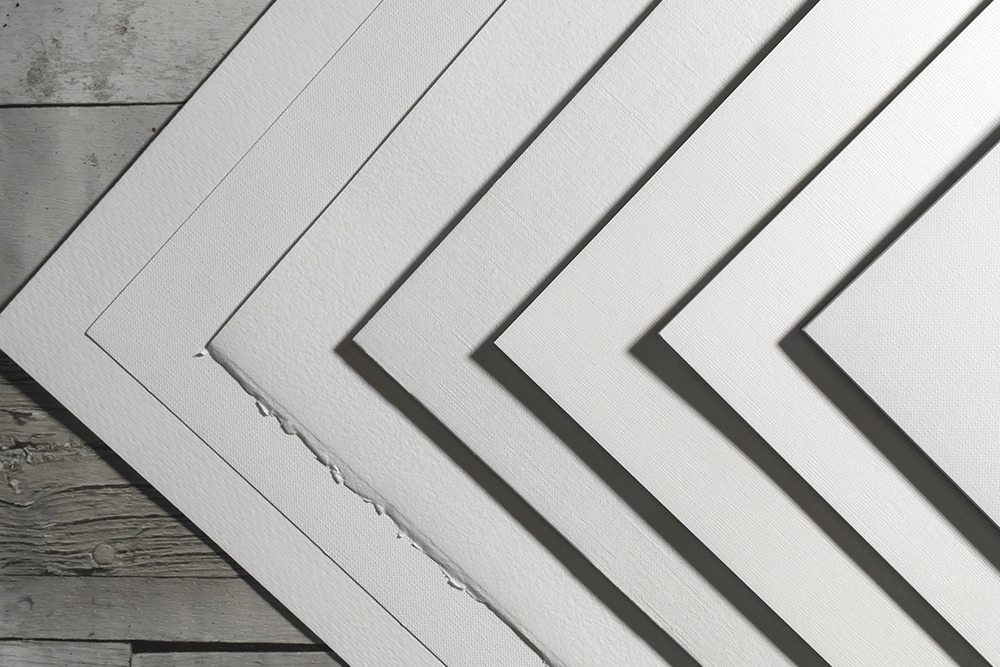
These papers range marginally in their color and texture. Most of them are pressed with a canvas-like texture, nevertheless the Arches and Pittura both of those have a surface area related to NOT watercolour paper. While it is not strictly a canvas ‘paper’, Canvas Pads provide the familiarity of portray on authentic canvas, but without the bulk of a stretcher. These pads involve sheets of legitimate canvas, that are pre-primed so you really do not have to stress about prep. Like paper, these pads will warp with heavy apps of paint.
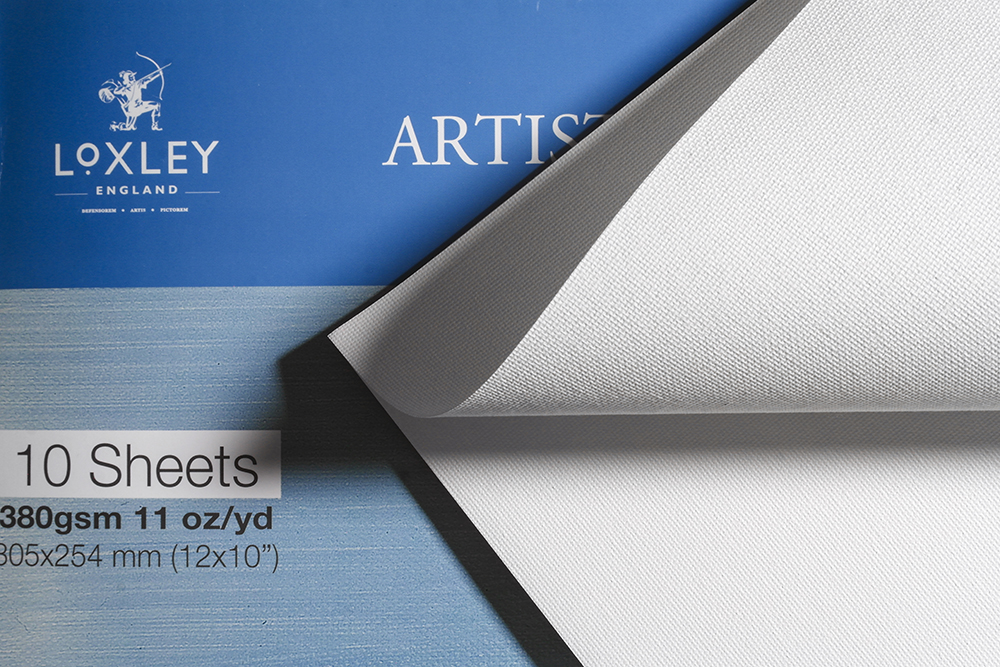
Do I have to paint on Oil Portray Paper?
The quick remedy to this problem is ‘no’ – you really don’t have to use an oil painting paper if you are doing the job in oils. Even so, if you decide on to get the job done on a non oil portray paper you are going to need to do a bit a lot more preparation and priming of the surface. Without having this you are going to discover the oil binder will leach into your paper which means your paints will not adhere and will boring about time. In the worst circumstance circumstance your paint could crumble from the surface area. Some artists feel that the time used prepping and priming is not really worth the problem. Whereas for some others, the added function can help them attain a floor that properly suits their painting method.
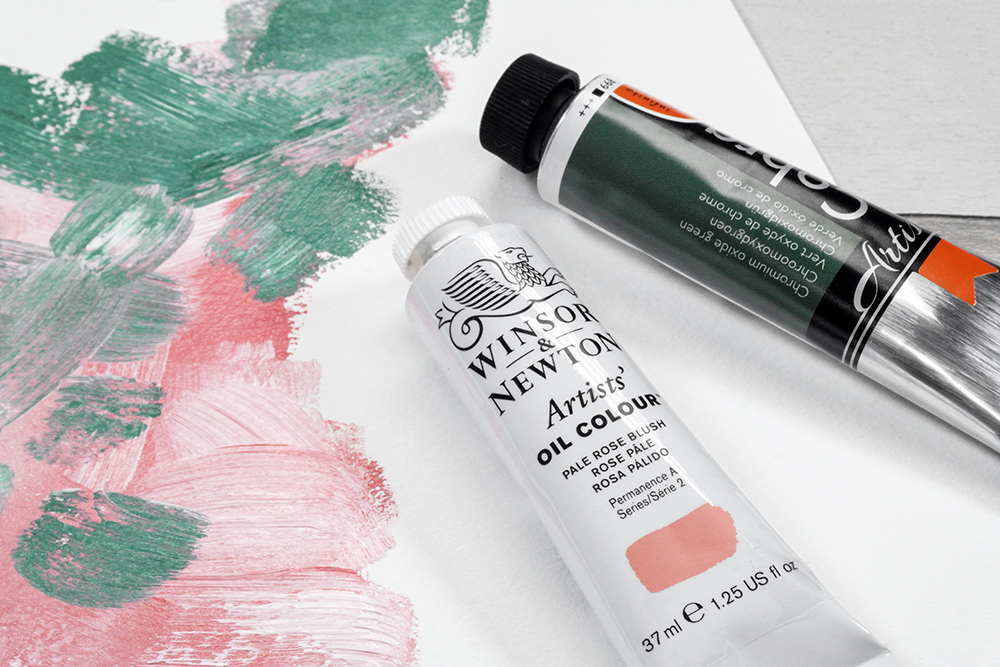
For several artists, operating with a non oil portray paper delivers them additional preference in both of those bodyweight and texture. For illustration, you are going to obtain few oil painting papers that exceed 300gsm (Pittura is our heaviest at 400gsm). If you do the job in oil, and never head a little bit of additional do the job you could decide on to function on a hefty excess weight watercolour paper up to 640gsm. Our greatest high quality, 100% cotton watercolour papers will give the greatest balance and longevity, and externally sized papers will signify the paper absorbs a lot less oil. You’ll also have the selection of working on a smooth (Hot Pressed), reasonably textured (NOT) or remarkably textured (Rough) floor. These textures will continue being even following you utilize sizing and primer, which can deliver attention-grabbing qualities to your paintings. Although its value investing in a hefty paper for your completed paintings, a lighter weight paper would be great for speedy scientific studies.
Planning your paper for use with oil paints
You can put together most papers so they are acceptable for oil painting. It breaks down to just two procedures – sizing the paper and priming the paper. Dimensions is a compound added to paper to regulate its absorption. Priming coats your paper in a material (normally an acrylic-primarily based Gesso or Oil Primer) that presents a little bit of ‘tooth’ for your paints to adhere to.
Using oil paint on paper definitely highlights the value of correct area preparing. Very poor planning not only leaves your portray susceptible to deterioration, but also creates a lot of more work for those who glance immediately after your artwork in the long run.
Sizing your paper
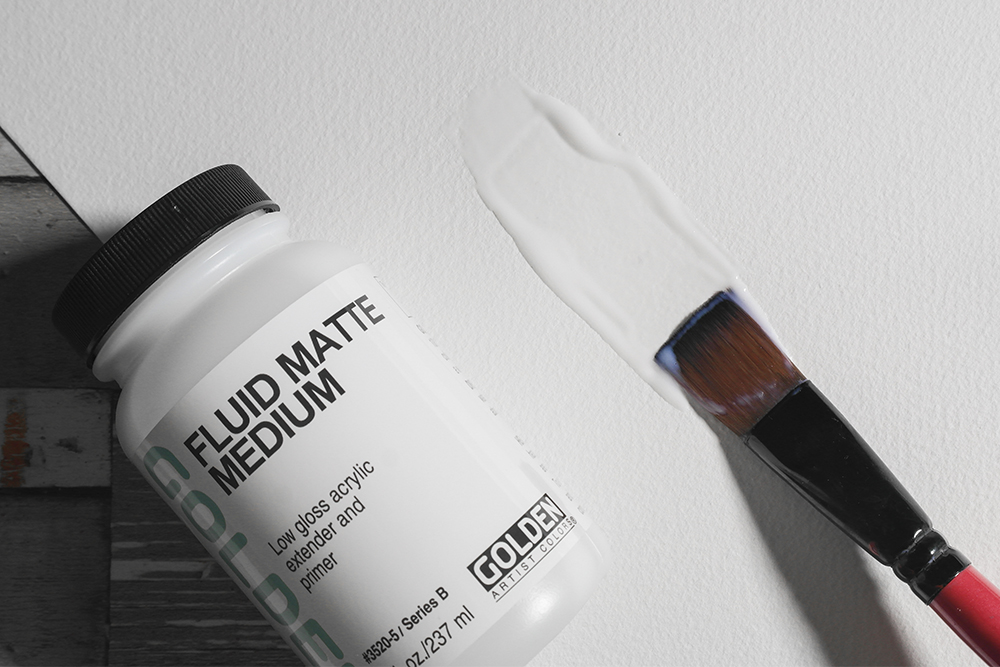
Dimension is effectively a sealant that controls absorption and minimizes the amount of oil that leeches into your paper. You can also use acrylic mediums to measurement paper prepared for oil painting. In the illustrations proven below we made use of two different mediums – Golden Fluid Matte Acrylic Medium and Golden Matte Acrylic Medium – to size the paper. 1 slim layer of dimension ought to be enough – even though if you are working with an oil-based primer alternatively than acrylic gesso you may want to utilize additional levels.
Priming your paper
Primer sits concerning the size and the paint you apply. It has ‘tooth’ which signifies that it will stick to your paper much better than paint on your own, and will also insert texture for your paint to adhere to. If you’re operating on paper then you can use both acrylic gesso or oil primarily based primer. Apply Gesso or primer in thin layers, only including successive layers if the earlier layer is entirely dry. You should brush each layer on in the reverse way to the layer prior to. The last layer will variety the floor that your paint can appropriately adhere to. This final layer will have a purely natural tooth. The act of making use of your gesso in various instructions will also add to its texture.
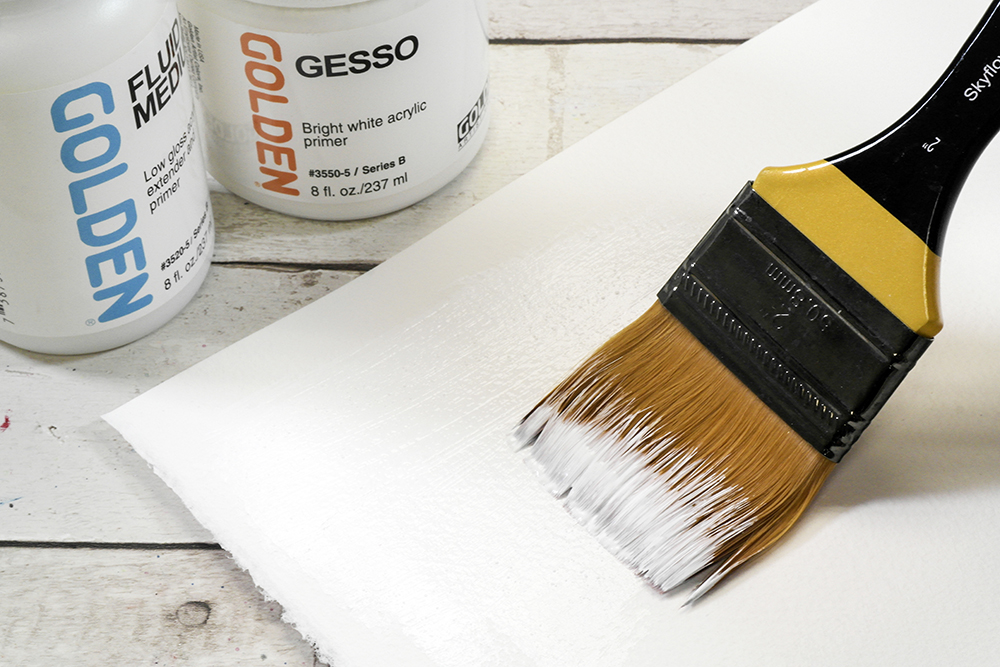
It’s truly worth noting that your paper does want to be fairly heavy to endure the software of dimensions and primer with out warping. The principal obstacle will be maintaining your paper flat. If you uncover your paper is cockling, you can tape down the edges of your paper to lower it. As soon as dry you can also run the paper about a table’s edge to counteract the warping. At the time size and primer are on the paper you should really leave it to dry for 3 times just before you implement your paint.
Other Papers Ideal for Oil Portray
You can prep practically any paper for portray with oils – but you will will need to believe about what you want from your painting in buy to find an proper paper.
If you are just seeking to create swift sketches or colour studies then you will most likely obtain that a rather light-weight cartridge or watercolour paper is suitable. You could also get away with simply treating the paper with a few levels of gesso and forgoing the entirely if longevity is not a concern.
Watercolour Paper
Watercolour Paper is readily available in a good array of weights and textures. Investing in a superior high quality paper also provides you the opportunity to work on a 100% cotton surface – great if you’re seeking to add to the longevity of your artwork. Nonetheless expenses can quickly mount if you opt for to choose for the heaviest, 100% cotton papers.
The graphic down below demonstrates two strokes of oil paint – conventional oil (the darker blue) and water mixable oil (lighter blue) – analyzed on patches of paper prepped and primed in different methods. The samples have been left to dry for around 12 months. It’s apparent from hunting at the oil staining on the back again of the sheet that appropriate preparation cuts down oil seepage.
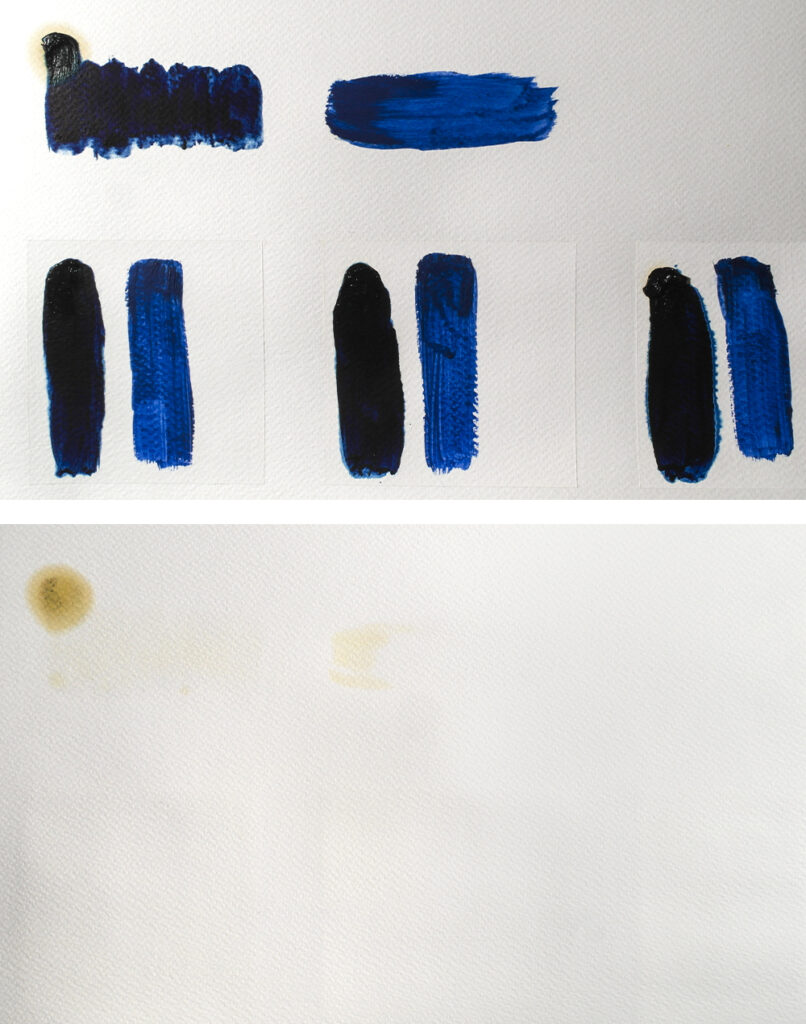
Cartridge Paper
Cartridge Paper is fairly cheap, and is accessible in a vary of weights – nonetheless, you will not get as weighty a paper as you would in our watercolour paper ranges. Lighter weights are vulnerable to cockling when sized and primed, but are continue to beneficial for creating rapid scientific tests. The samples beneath were being painted in the same way as the watercolour paper above, even so they have been still left to dry for only 6 months.
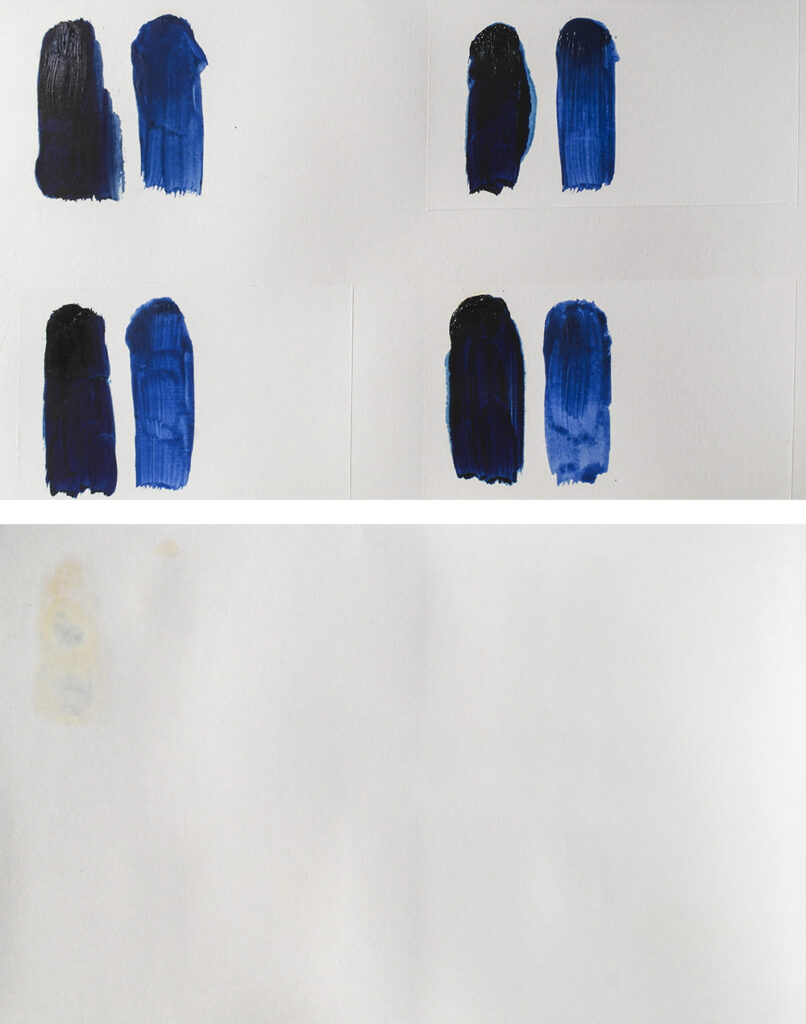
Varnishing Oil Paintings on Paper
You should varnish your oil paintings on paper as you would any other oil portray. The application of varnish will not only secure against dust and grime, but will also unify the sheen, protect against UV damage and enables for simple cleaning. The common rule of thumb is that an oil portray should not be varnished for at minimum 6 months following it is completed. For thicker programs drying will consider even longer – though if you are employing paper your purposes won’t be this thick.
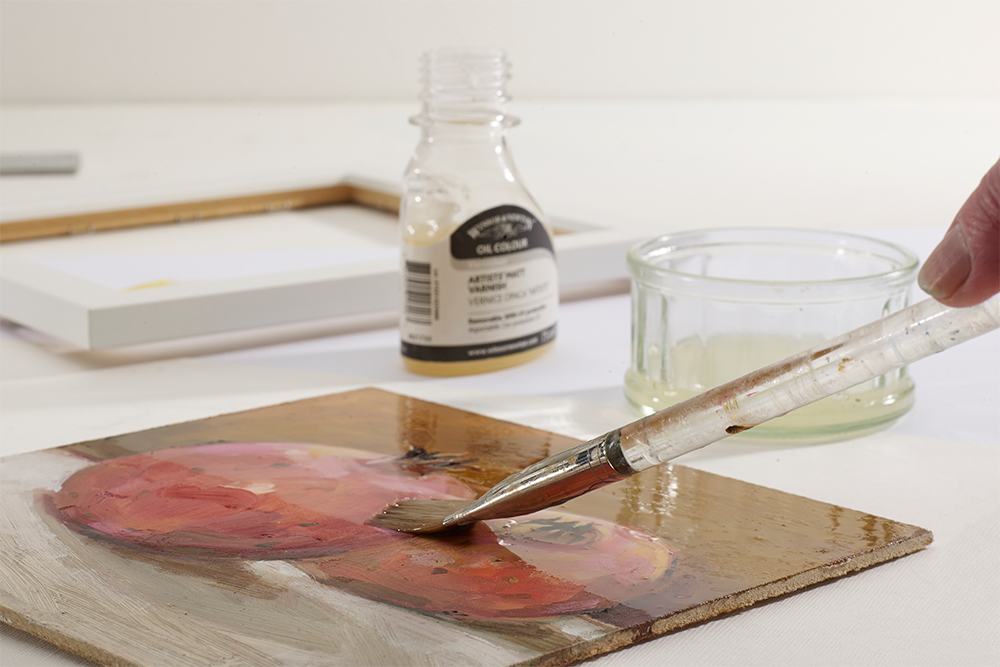
If you’re not certain irrespective of whether your portray is dry or not you can test it with a rag. Dip a lint-no cost rag in solvent and rub it gently on the floor of your portray. Carry the fabric and test it for color. If it lifts any colour then you are going to need to wait for a longer period for your painting to dry. If there’s no color on the rag then you can varnish your painting.
Some artists discover they can’t wait around the 6 months or more for their paintings to dry totally. If you are in this place and need to have to give it some short term defense then you could use retouching varnish. Retouching varnish provides a tiny sturdiness to a not long ago completed portray while however allowing for it to ‘breathe’ and dry completely. At the time your portray is fully dry you can implement your last varnish.
Displaying Oil Paintings on Paper
Oil paintings on paper are prone to damage. Due to the fact of this it’s advisable to frame them guiding glass. Paper is also far more vulnerable to deterioration because of its overall flexibility. You can reduce this flexibility by adhering it to a panel. You can do this using a good good quality acrylic medium as an adhesive.
Find our full variety of oil painting papers on line, as very well as oil paints, oil brushes and oil mediums.






